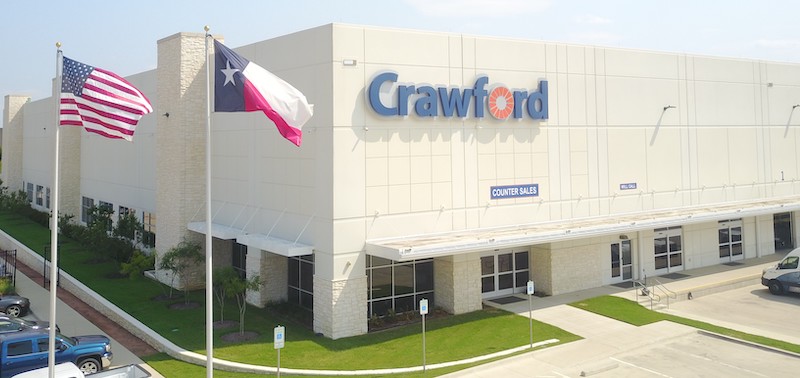We’re already seeing some of the tariffs imposed in 2018 and 2019 beginning to be rolled back, but there’s still some confusion and uncertainty over what lies ahead for U.S. manufacturers and distributors in 2020. This week, for example, President Donald Trump told the Wall Street Journal that he’s serious about imposing tariffs on European cars. At the other end of the spectrum, he and President Emmanuel Macron of France decided to hold off on escalating a trade war, thus avoiding (for now) a “massive new tariff increase on French goods such as wine, cheese and handbags,” CNN reports.
5 Things to Know
As the trade wars continue their back-and-forth volley between countries, here’s what we know and what we can expect this year on the tariff front:
- Two years’ worth of new tariffs adds up. The U.S. has imposed tariffs on more than $360 billion in Chinese goods, and China has retaliated with tariffs on more than $110 billion in U.S. products. There were three rounds of tariffs in 2018 and a fourth in September of 2019. The most recent round targeted Chinese imports, from meat to musical instruments, with a 15% duty. Beijing responded with tariffs ranging from 5% to 25% on U.S. goods, according to BBC News.
- Businesses are bearing the brunt of the tariffs. American businesses and consumers are bearing the financial brunt of President Trump’s trade war, according to the New York Times. “U.S. tariffs continue to be almost entirely borne by U.S. firms and consumers,” Mary Amiti, an economist at the Federal Reserve Bank of New York, said.
- Tariffs may cause a dip in manufacturing. U.S. manufacturing is slumping, a fact economists attribute at least partly to uncertainty stemming from the trade spats, and business investment has suffered as corporate executives wait to see how — or if — the tensions will end, the New York Times reports. Reuters adds that U.S. Federal Reserve research (and other economists) shows that U.S. tariffs on Chinese industrial components and materials — which largely won’t be lifted by the new deal that was signed in January — are “proving especially damaging to American manufacturing competitiveness and jobs.”
- The exodus out of China continues. As high as 25%, the levies have forced some multinational businesses to move their operations out of China, sending operations to countries like Vietnam and Mexico, the publication adds. According to the South China Morning Post, similar decisions are being made in boardrooms around the world, as international companies accept the reality that the US-China phase one trade deal will not materially improve the lay of the land for their Chinese-based operations.
- The situation may improve this year. Under the “phase one” deal signed in January, China pledged to boost U.S. imports by $200 billion above 2017 levels and strengthen intellectual property rules, BBC News reports. In return, the U.S. agreed to reduce by 50% some of the new tariffs it had imposed on China. A “phase two” deal that extends this agreement further is potentially in the works.
Related Posts
-
In a recent MDM webcast, Navigating the New Now as a Distributor, Epicors Emma Vas…
-
Materially changing market conditions caused by the COVID-19 pandemic have impacted the companys previously announced…
-
Richard Landry named to key sales position at Sonepar-owned electrical distributor.




